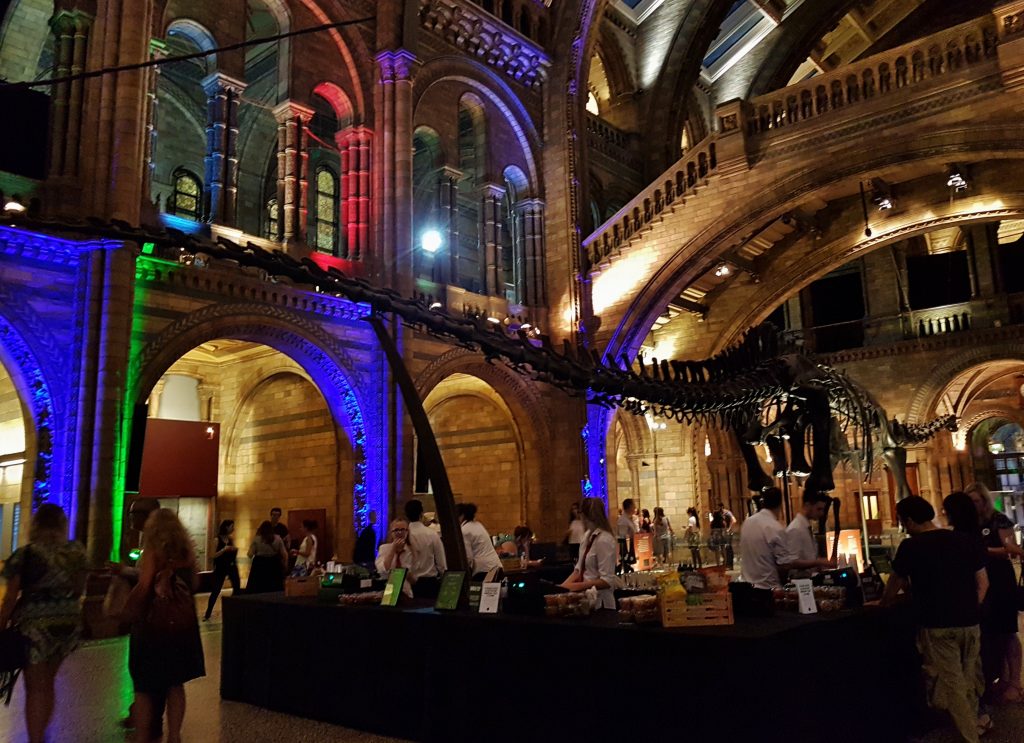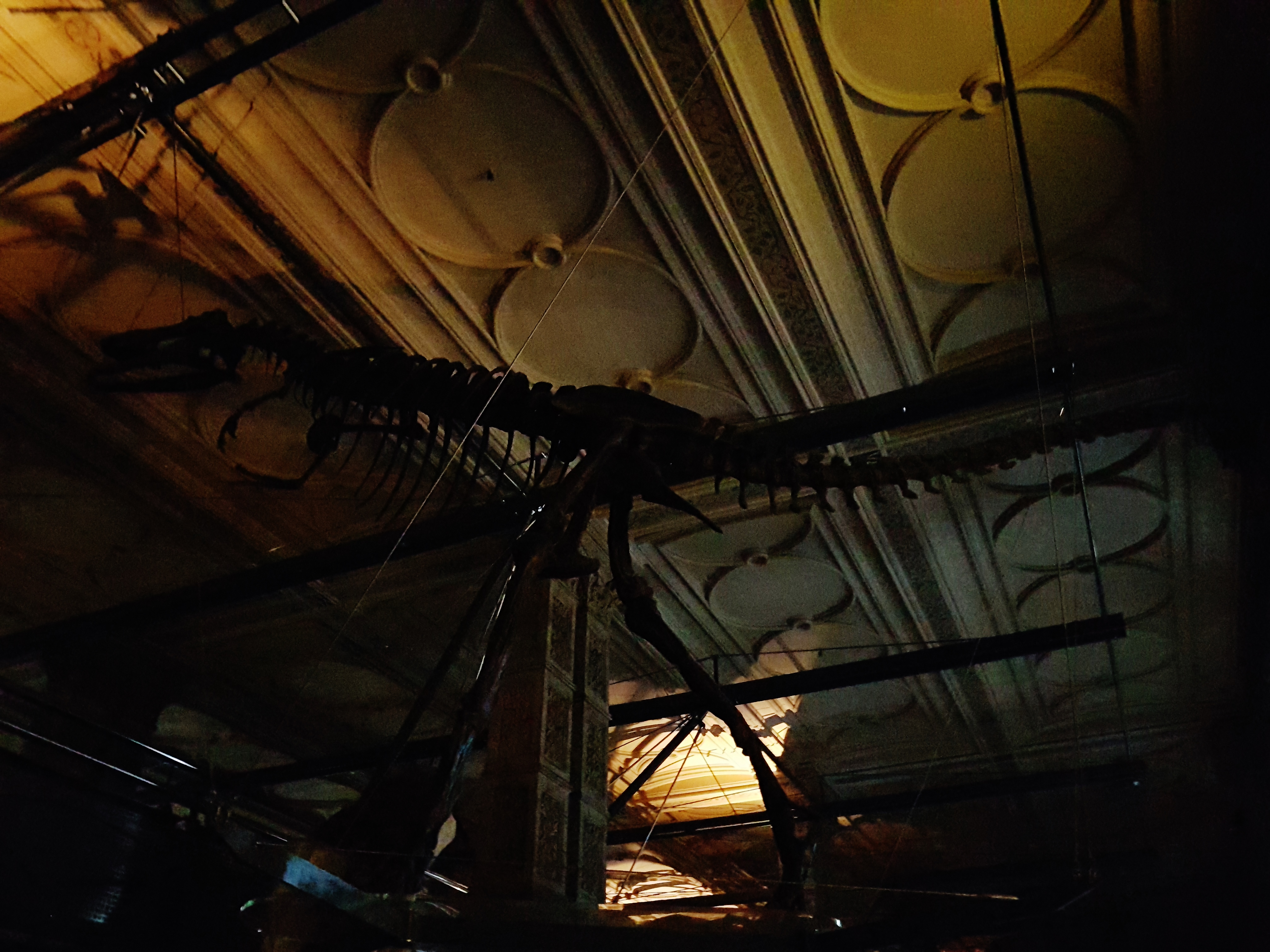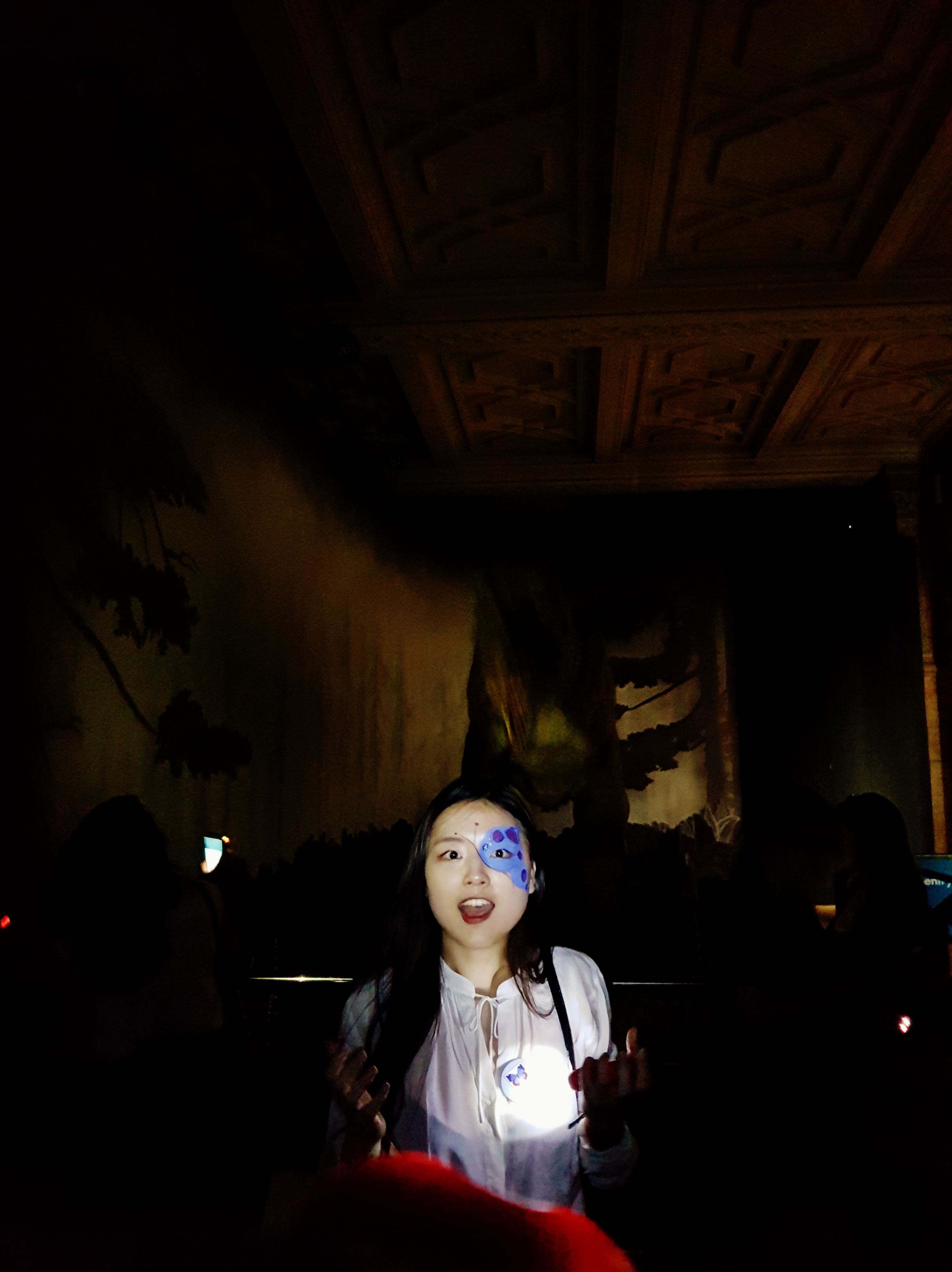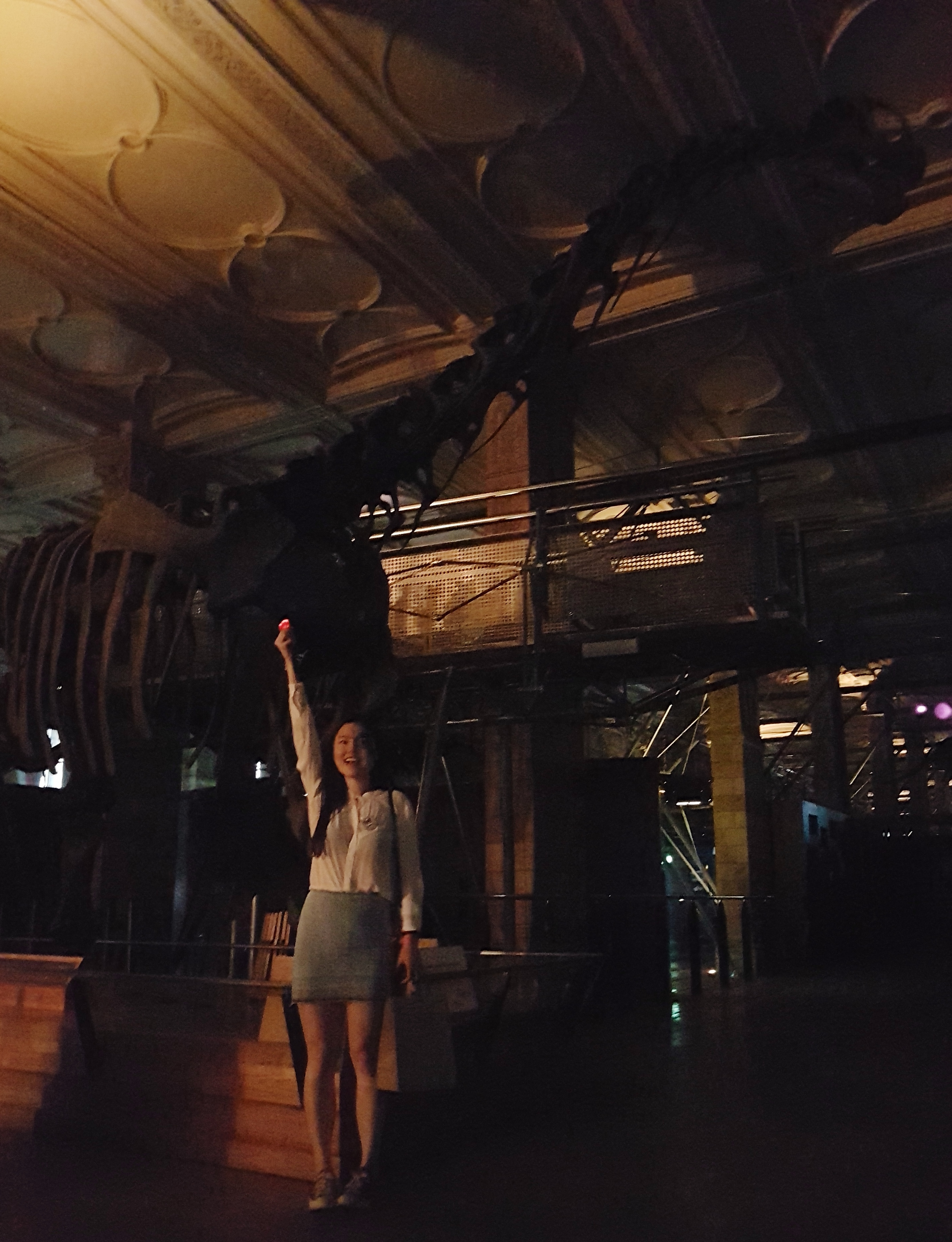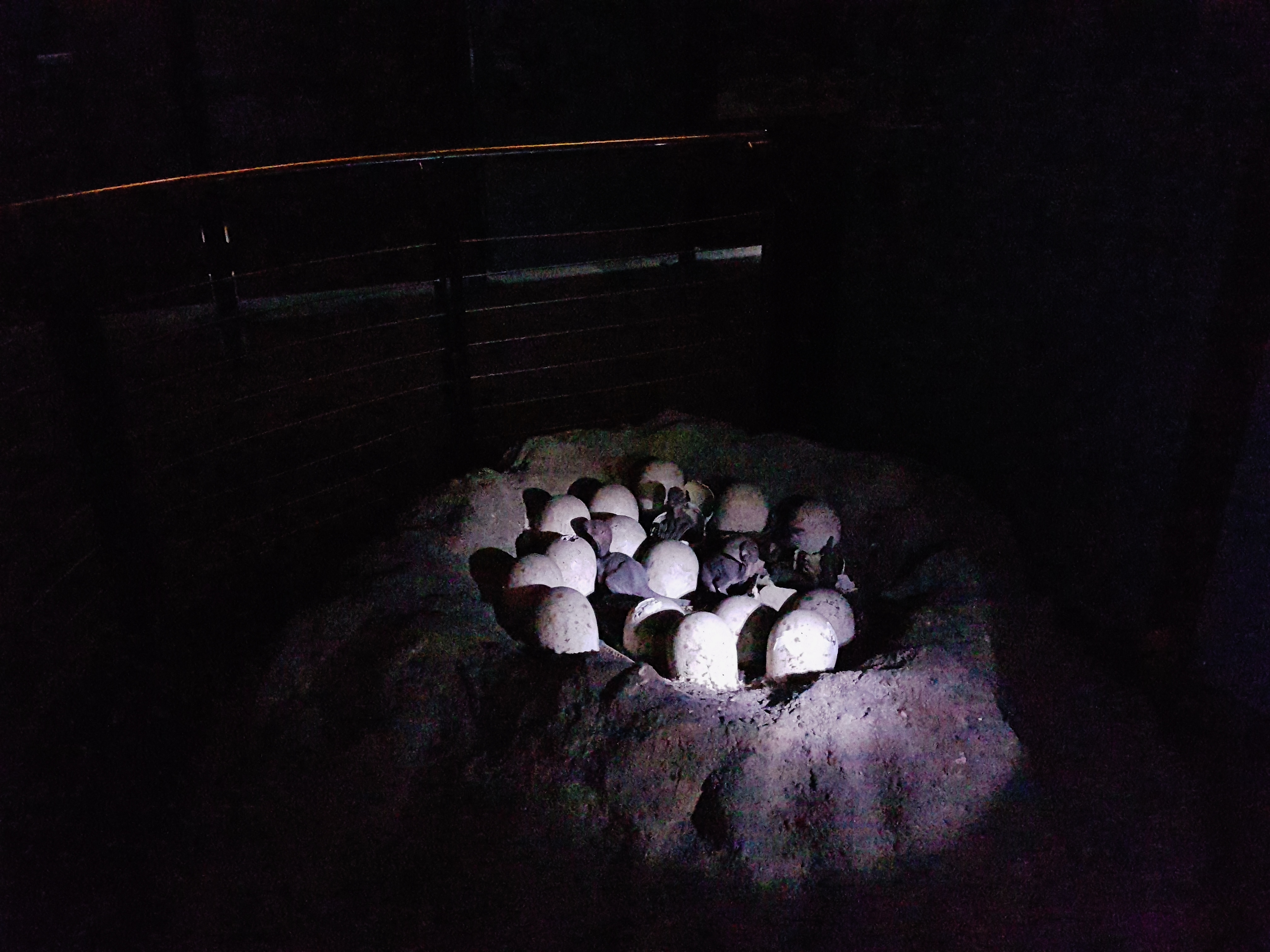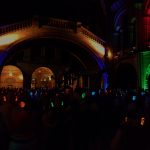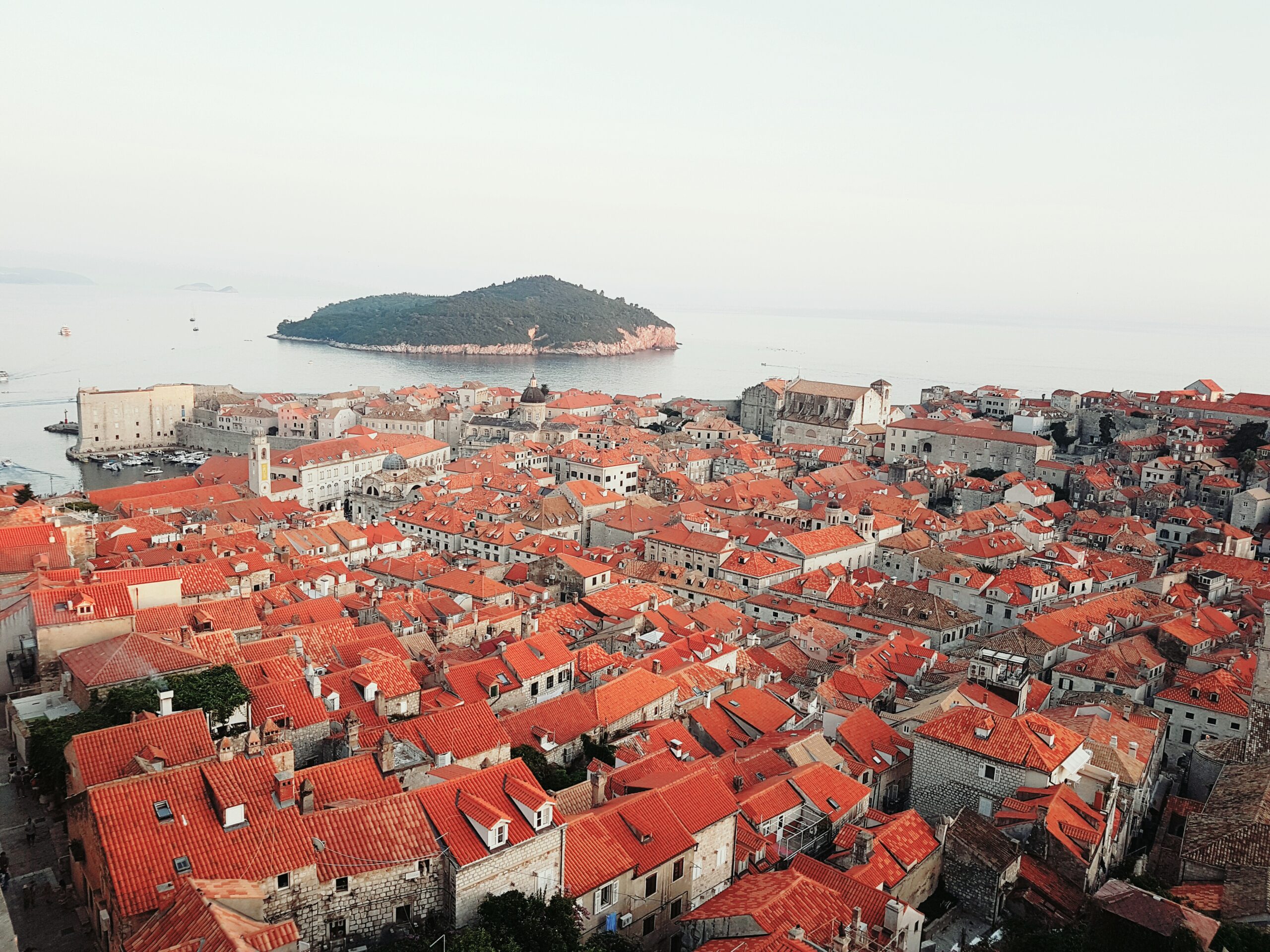Table of Contents
A museum changes into a disco club!
In the previous post I shared how much I enjoyed a special event at the Natural History Museum called: ‘After-School Club for Grown-ups & Silent Disco at the Natural History Museum’. While I was busy dancing hard, the marketer bit of me managed to squeeze into my mind. Because my general impression towards museums was rather far from excitement, I started to think about how the Natural History Museum was so successful in this event. There are four success factors I have thought of as a marketer’s perspective.
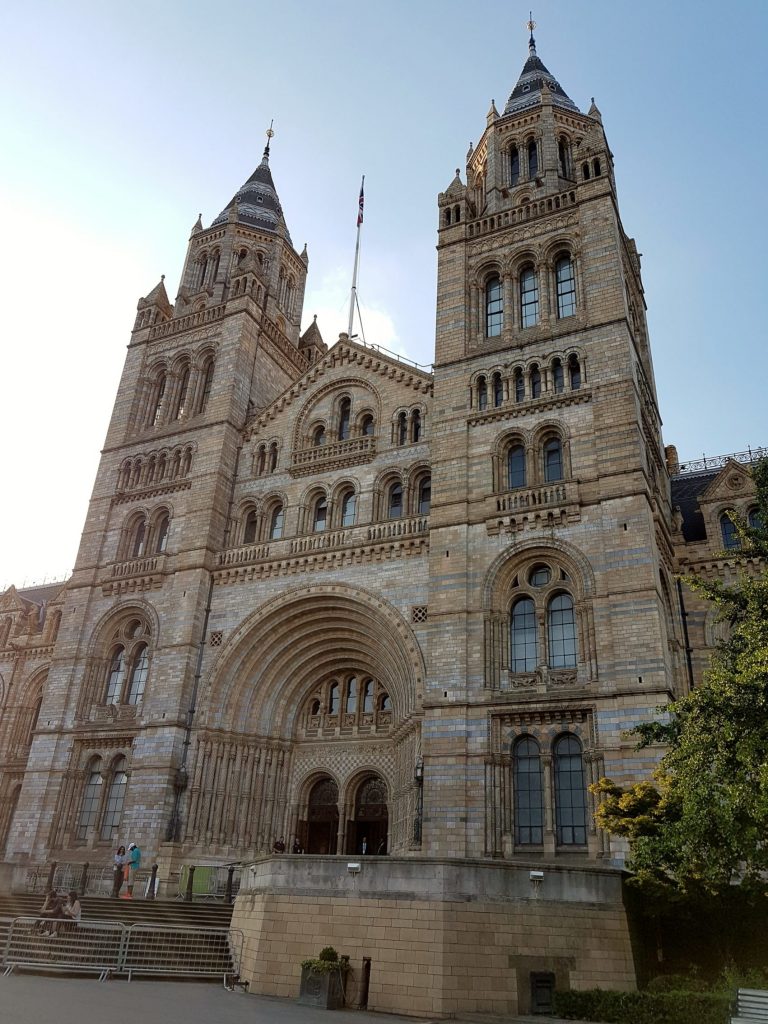
1. Clear STP (Segmentation, Targeting, and Positioning)
Customers of the Natural History Museum (NHM) can be categorised with various criteria, but here I divided them into two groups as follows: Kids and adults with kids; and grown-ups without kids.
With the majority of exhibitions being free as well as highly educational, the NHM is certainly one of the hot places in the UK for parents with kids and for school visits during the day. It is also almost always open for them everyday till 5.50pm.
The venue closing at around 6pm means, however, grown-ups particularly who work nine-to-six cannot visit there unless it is in the weekend (and they might prefer a quieter relaxing weekend). On top of this, it is less likely for them to spend a weekend at the NHM where they might have already indulged themselves enough during the childhood. In short, grown-ups don’t necessarily appear to become the main visitor group for the NHM.
The conclusion from this sounds like the NHM’s main target group is those involving kids. But does it suggest the museum give up grown-ups, which is certainly the other big segment? Clearly not as you see how the NHM convinced grown-ups to step into the museum, bringing them additional sales. It realised it with special programmes just for them.
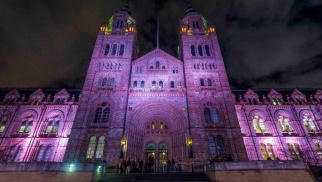
Because of the behavioural patterns of the latter group that they are likely stuck at offices and campuses during the day, it seems common sense that the NHM would normally organise programmes for kids (in individuals and groups). The routines and interest of these two groups are so different that it can be difficult for the NHM to satisfy both.
But, this also means that there might be a great opportunity for the museum to catch an attention from the both groups, taking advantage of this unmixed characteristics of the two. The NHM made most of the different activity times between the two segments – day programmes for kids and special night programmes for adults. There seems a few events similar to what I enjoyed.
With the event I joined as an example, as the name says it targeted exclusively those with the age of 18+. Two programmes were available – between 7pm and 10pm; and between 10pm and 1am. The first one was more about being nostalgic of school days, whereas the second one was proper clubbing in the form of silent disco. Visitors had to pay for this special event and this is where the additional sales come from. Selling alcohols and snacks to go with would have probably been another money-making source.
The NHM well segmented the visitor groups, knew who were their main and sub targets, and positioned differently and successfully: a venue for a Friday night out for grown-ups while still being educational for kids during the daylight hours. Sounds about right doesn’t it?
2. Twisting the Typical Image Triggers Attention
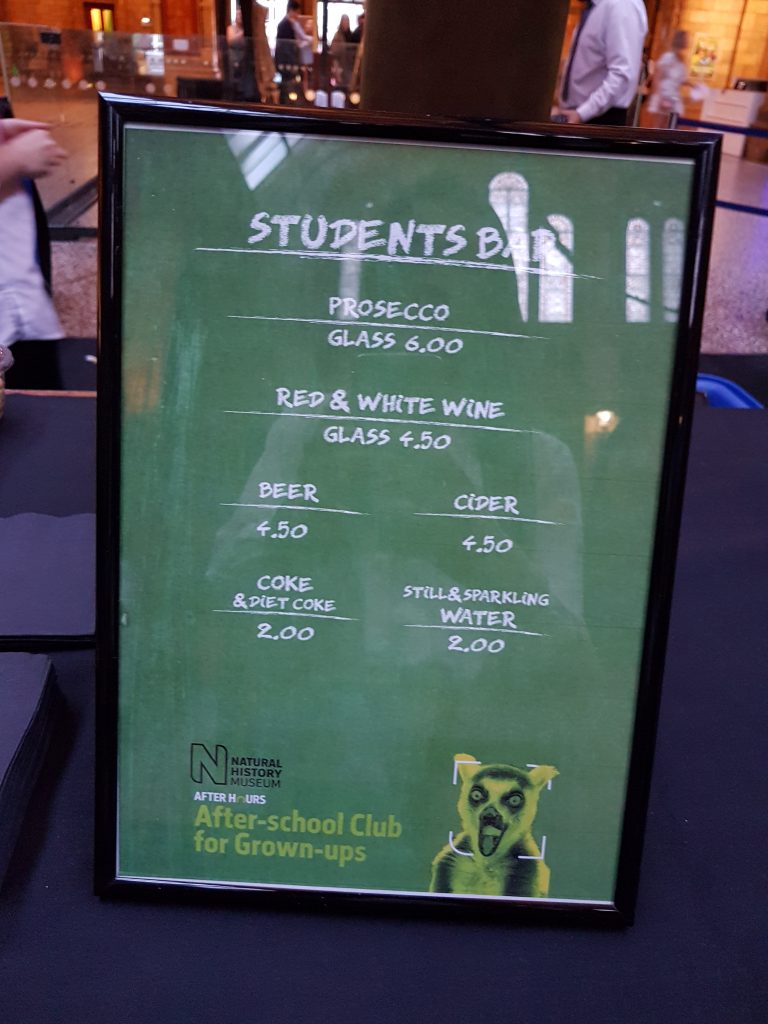
Well, a museum becoming a club at night may still sound unnatural; I normally associate museums with words like ‘static’ or ‘quiet’. I would argue this is a typical image for museums, since exhibits beyond display windows can only be viewed and you are advised to remain silent for other visitors. OK, the Natural History Museum itself is already bit off on a tangent in that its atmosphere is quite lively; but even so a phrase like ‘disco club’ wouldn’t come up before ‘education for kids’ if you think about the NHM. It brought a new image that is possibly on the right opposite spectrum, and this fresh impression managed to grab grown-ups’ attention to enjoy a whole new experience.
3. Museum Meets Trends
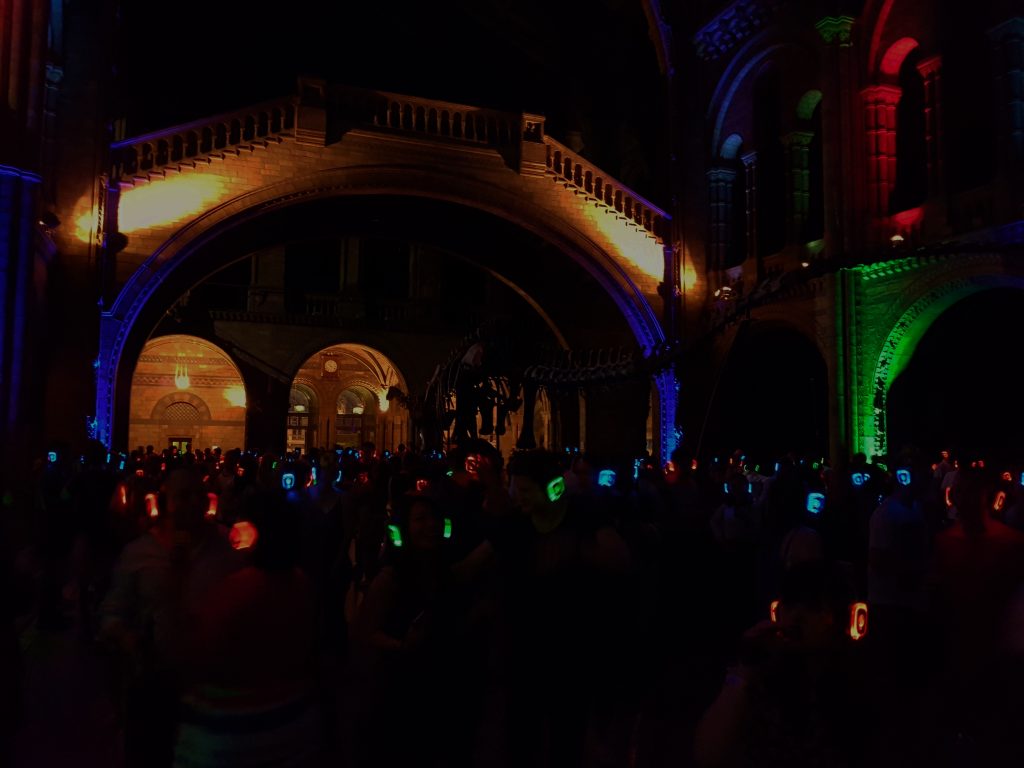
It seems Silent Disco has been a thing to experience at least in London, as I have noticed a few venues in London are used for silent discos. For those who genuinely like going out for silent disco, the Natural History Museum would be the next place for ‘been there, done that’; and for those who hadn’t tried it yet this event would offer an unforgettable night out at a unique venue. Either way, the Natural History Museum’s silent disco hit the point providing trendy and special memories.
4. Creative Planning with the Use of Unique Content
The first three points are all important I would say; however I think this last one is the core success factor. Even if the NHM follows the trend and presents a totally different impression from typical images of museums, there is no point if it ends up being over the top and dilutes the very own content the NHM has. In that sense the big satisfaction from this event comes from the genuine theme and festival programmes only the Natural History Museum can offer.
The biggest competitive element of the NHM lies in the interactive content. The museum does have window displays; but what makes it more appealing to visitors is probably the sections where you can touch exhibitions and experience as you look around. This allows younger visitors to indirectly feel and learn the nature. The Natural History Museum made most of its strength for this special evening: the Dinosaurs Gallery programme might be the best example that illustrates this aspect.
Everyone knows the Dinosaurs Gallery is the most popular exhibition the NHM has because of a number of skeletons along the exhibition path. With this beloved content, the NHM added more fun factors visitors could explore the gallery in the dark. The audience could get an impression as if they became explorers and archaeologists, or as if they were acting for another series of ‘Night at the Museum’. Even though it was pretty obvious nothing would happen, the vibe was absorbing enough to fully enjoy.
Furthermore, activities like hide-and-seek and quiz sheets created engagement and interactions between the museum – visitors and visitors – visitors. Visitors had to look for a tagger or find answers to quiz questions, which naturally let them ‘play’ at the museum. The participation level of visitors could have gone down due to the size of the NHM. But the continuous game elements easily overcame the worry and even increased the level of engagement.
The interactions among the museum – visitors – other visitors were maximised by the end of the event with Circle of Life. There couldn’t be any other song that would suit the venue better than the famous soundtrack from The Lion King. Literally everyone sang along, which was quite phenomenal.
I appreciated the whole experience, thanks to the NHM securing its originality backed up by its content. Museums should not remain in status quo if they want to take pole position competing against other attractions. To do so, it should come first that knowing well what their selling point is. Then, what their main target group is and whether they can stretch into different groups without diluting the first point are the next.
